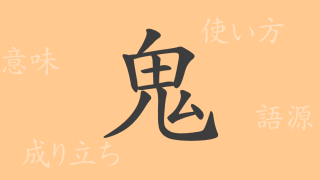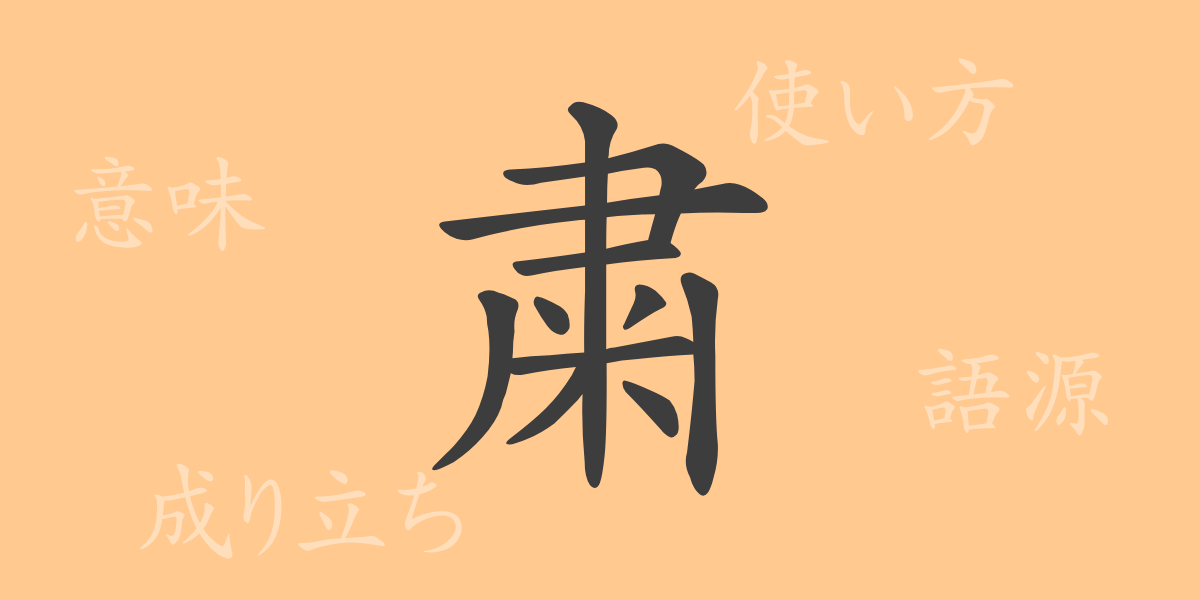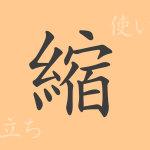Each character in the Japanese language carries its own unique history and meaning. The common kanji “粛(しゅく, shuku)” is no exception, with its shape and sound embodying a deep cultural background. This article delves into the origins, meanings, usages, readings, stroke counts, and radicals of “粛(しゅく, shuku),” while also exploring common idioms, expressions, and proverbs that feature this kanji. By understanding a single kanji in depth, we embark on a journey to rediscover the beauty and complexity of the Japanese language.
粛(しゅく, shuku)の成り立ち(語源)
The kanji “粛(しゅく, shuku)” traces its shape back to the ancient Chinese seal script. Originally written as “肅(しゅく, shuku),” it combines “突(とつ, totsu),” meaning “suddenly standing up,” with “几(き, ki),” representing wind. This combination depicted plants rising together when the wind blows, which eventually evolved to signify “to organize” or “to purify.” Over time, the character was simplified to “粛(しゅく, shuku).”
粛(しゅく, shuku)の意味と用法
“粛(しゅく, shuku)” conveys a sense of solemnity and seriousness, indicating actions done with gravity and respect. It also means “to organize” or “to purify,” often used in contexts where ceremonies are conducted solemnly. Commonly, it appears in adjectival phrases like “粛々と(しゅくしゅくと, shukushuku to)” or “厳粛(げんしゅく, genshuku),” denoting solemnity.
粛(しゅく, shuku)の読み方・画数・部首
Understanding the kanji “粛(しゅく, shuku)” involves knowing its readings and structural elements:
- 読み方: 音読みでは「シュク(しゅく, shuku)」、訓読みでは特にありません。
- 画数: 全11画です。
- 部首: 「米(こめ, kome)」が部首になります。
粛(しゅく, shuku)を使った熟語・慣用句・ことわざとその意味
There are many idioms, expressions, and proverbs in Japanese that include “粛(しゅく, shuku).” Here are a few examples:
- 厳粛(げんしゅく, genshuku): Solemn and dignified.
- 粛清(しゅくせい, shukusei): Purge or cleanse, removing unnecessary elements.
- 粛々と(しゅくしゅくと, shukushuku to): Quietly and calmly proceeding with something.
These expressions reflect Japanese culture and values.
粛(しゅく, shuku)についてのまとめ
The kanji “粛(しゅく, shuku)” aptly expresses solemnity and orderliness in Japanese language. As a common kanji, it is used in various contexts, embodying the depth and cultural background of the language. Through this article, we have explored the meanings, usages, and idioms related to “粛(しゅく, shuku),” enriching our understanding of Japanese expression. This insight into “粛(しゅく, shuku)” helps us appreciate the richness of the Japanese language and its cultural heritage.

























